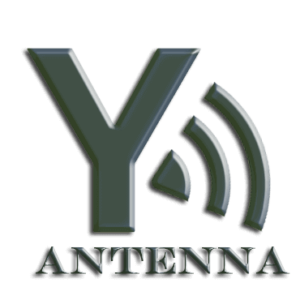The Internet of Things (IoT) refers to the interconnected network of physical objects that are embedded with sensors, software, and network connectivity, allowing them to collect and exchange data. These objects, also known as “smart” devices, range from simple items like thermostats and light bulbs to complex systems like industrial machinery and transportation vehicles.
One key component of any IoT device is the antenna, which is responsible for transmitting and receiving data wirelessly. There are several types of antennas that are commonly used in IoT applications, each with its own unique features and characteristics.
- Dipole Antennas
Dipole antennas, also known as half-wave dipoles, are simple, low-cost antennas that consist of two metal rods or wires that are equal in length and oriented in opposite directions. These antennas are commonly used in IoT applications due to their versatility and ease of use. Dipole antennas are typically omnidirectional, meaning they can transmit and receive signals in all directions, making them ideal for use in devices that need to communicate with multiple other devices simultaneously.
- Patch Antennas
Patch antennas, also known as microstrip antennas, are thin, flat antennas that are made up of a flat conductor on a substrate material. These antennas are commonly used in IoT applications due to their small size and lightweight design, which makes them ideal for use in devices that need to be portable or have limited space for an antenna. Patch antennas are typically directional, meaning they can transmit and receive signals in a specific direction, making them ideal for use in devices that need to communicate with a specific other device or over long distances.
- Helical Antennas
Helical antennas, also known as spiral antennas, are cylindrical antennas that consist of a conducting wire wrapped around a cylinder or cone. These antennas are commonly used in IoT applications due to their ability to transmit and receive signals over long distances, making them ideal for use in devices that need to communicate over long ranges. Helical antennas are typically directional, meaning they can transmit and receive signals in a specific direction, making them ideal for use in devices that need to communicate with a specific other device or over long distances.
- Loop Antennas
Loop antennas, also known as circular antennas, are circular antennas that consist of a conducting wire shaped into a loop or circle. These antennas are commonly used in IoT applications due to their ability to transmit and receive signals over long distances, making them ideal for use in devices that need to communicate over long ranges. Loop antennas are typically omnidirectional, meaning they can transmit and receive signals in all directions, making them ideal for use in devices that need to communicate with multiple other devices simultaneously.
- Monopole Antennas
Monopole antennas, also known as single-wire antennas, are simple, low-cost antennas that consist of a single metal rod or wire. These antennas are commonly used in IoT applications due to their versatility and ease of use. Monopole antennas are typically omnidirectional, meaning they can transmit and receive signals in all directions, making them ideal for use in devices that need to communicate with multiple other devices simultaneously.
In conclusion, there are several types of antennas that are commonly used in IoT applications, each with its own unique features and characteristics. Dipole antennas, patch antennas, helical antennas, loop antennas, and monopole antennas are all commonly used in IoT applications due to their versatility and ability to transmit and receive signals in different directions and over different distances. Understanding the different types of antennas and their capabilities is important for designing and implementing effective IoT systems and devices.


